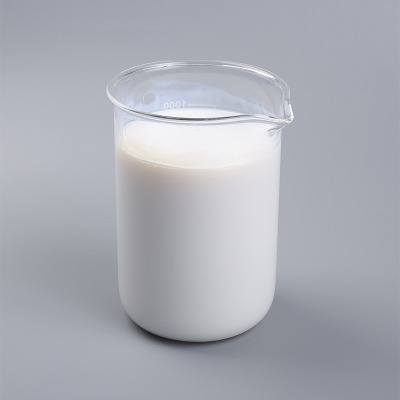
Cost containment is as important to the synthetic latex industry as maintaining performance and quality. Particularly for Styrene Butadiene Latex producers, the SBR Latex Price that downstream users pay is ultimately grounded in the cost structure upstream. To remain competitive and sustainable, manufacturers must deeply understand what drives production costs and how to mitigate volatility risks.
Major Cost Drivers in Synthetic Latex Production
1. Raw Material Costs
Raw materials are often the single largest cost component in synthetic latex production, especially for Styrene Butadiene Latex. The principal monomers—styrene and butadiene—are petrochemical derivatives. Their cost is tightly correlated with crude oil and naphtha prices, and any shift in their supply or global energy markets can ripple into latex costs.
Volatility of feedstock: Because styrene and butadiene derive from hydrocarbons, fluctuations in crude oil or feedstock availability (e.g. disruptions in cracking, refinery production) can push raw material costs upward.
Purity and grades: To meet performance standards, monomers must reach high purity levels. Impurities may necessitate extra purification steps and cost more.
Supply-demand mismatch: In periods when demand for other petrochemical derivatives surges, monomer supply can tighten, raising costs.
Byproduct integration: Some producers may integrate downstream or upstream processes—e.g., producing butadiene or styrene internally—to reduce exposure to external market volatility.
A cost-analysis source shows that raw materials and monomer costs dominate variable costs in cold emulsion SBR production.

2. Energy, Utilities & Thermal / Steam Costs
The polymerization and downstream processing steps (e.g. coagulation, dewatering, concentration, drying) are energy-intensive. Key energy cost elements include electricity, steam, cooling water, and compressed air.
Electricity usage: Drives mixers, pumps, control systems, instrumentation, and auxiliary equipment.
Steam / heat energy: Needed for stripping, coagulation, drying, and sometimes solvent recovery.
Cooling & condensation: Cooling towers or chillers are used to manage exothermic reactions and maintain temperature control.
Regional energy pricing: Local tariffs, fuel cost (gas, coal, biomass), grid efficiency, and capacity charges affect cost structure.
As fuel or power costs rise, the per-unit cost of producing latex increases, squeezing margins unless compensated elsewhere.
3. Labor, Maintenance & Overheads
Though raw materials and energy often dominate, labor and fixed overheads are nontrivial:
Skilled workforce: Operators, process engineers, maintenance technicians—all need compensation, training, and safety protocols.
Plant maintenance: Routine upkeep, replacement parts, preventive maintenance, and downtime losses add to overhead.
Quality assurance & testing: Laboratory staff, instrumentation, QC/QA expenses.
General administration, insurance, safety, regulatory compliance: These overheads also allocate into cost per unit.
Labor costs vary by region and can be subject to regulatory minimums, social insurance burdens, and wage inflation.
4. Capital Investment & Depreciation
To build a synthetic latex plant entails heavy capital expenditure:
Process equipment (reactors, agitators, separation units, filters, dryers)
Infrastructure & civil works (foundations, buildings, piping, storage tanks)
Utility systems (steam, cooling, compressed air, power distribution)
Automation & instrumentation systems for control and monitoring
Ancillary facilities (wastewater treatment, storage, safety facilities)
These capital costs are amortized via depreciation (and interest on capital) across the expected plant lifetime.
In cost reports for high-solids SBR latex production, capital burden is a significant share of total cost structure.
5. Chemicals, Additives & Process Auxiliaries
Beyond monomers, many auxiliary chemicals are required:
Emulsifiers / surfactants
Initiators / catalysts
Chain transfer agents, molecular weight regulators
Stabilizers, antioxidants
pH adjusters, buffers
Coagulation agents, flocculants
Solvents (if applicable), washing chemicals
Higher-quality grades or specialty latex (e.g. carboxylated, high-solids) often require more or higher-cost additives to meet stringent performance specs.